Wildflowers in the Garden
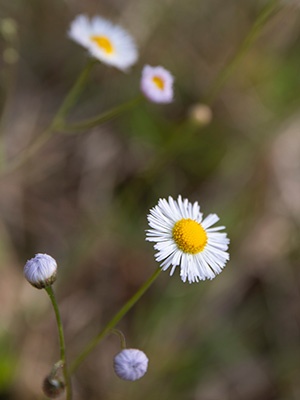
Florida has a number of wildflower species, many of which appear along roadsides, but some work great in the garden. From bright pink phlox to yellow coreopsis, you’re bound to find a wildflower that you love.
The best time to plant wildflower seeds is during the fall. Plant seeds in areas with few or no weeds, after you’ve lightly scratched the bare soil with a rake. In grassy areas, mow closely before planting, and remove the clippings.
Wherever you plant, broadcast the seed by hand or with a spreader, and rake the soil lightly. You won’t need to fertilize your native wildflowers; they’re adapted to the low fertility soils of Florida.
Some Common Wildflowers
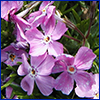
Phlox spends most of the year blending in with the grass, but in the late winter and spring these plants burst into bloom.
Moss phlox (Phlox subulata) ‘Emerald Pink’. Photo: Dow Gardens, Bugwood.org

Coreopsis is Florida’s state wildflower; a sunny yellow perennial that can be found on roadsides, in fields, and in gardens across the country.

Gaillardia has flowers in a variety of forms and colors. This native perennial blooms from summer to fall and is adapted to coastal locations.
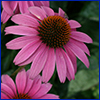
Purple coneflower will bring in the butterflies, and can brighten your garden in hues other than purple.
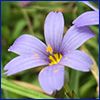
Blue-eyed grass loves moist areas and produces star-shaped blue flowers that have a yellow center.
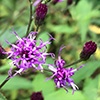
Ironweed is a tough plant that earns its name. Ironweed produces bunches of purple flowers from July to October.
(Photo: David Hume)
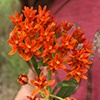
Milkweed is a term used to describe a group of plants that have milky sap. Asclepias tuberosa is a native perennial that has orange or yellow flowers and attracts monarch butterflies.
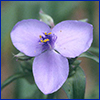
Spiderwort can be seen popping up in yards and fields with delicate flowers that last about a day. Some people see them as weeds, while others see them as little splashes of color.
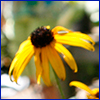
Black-eyed Susan has sunny colored blossoms, thrives in tough landscapes, and is salt and drought tolerant.
